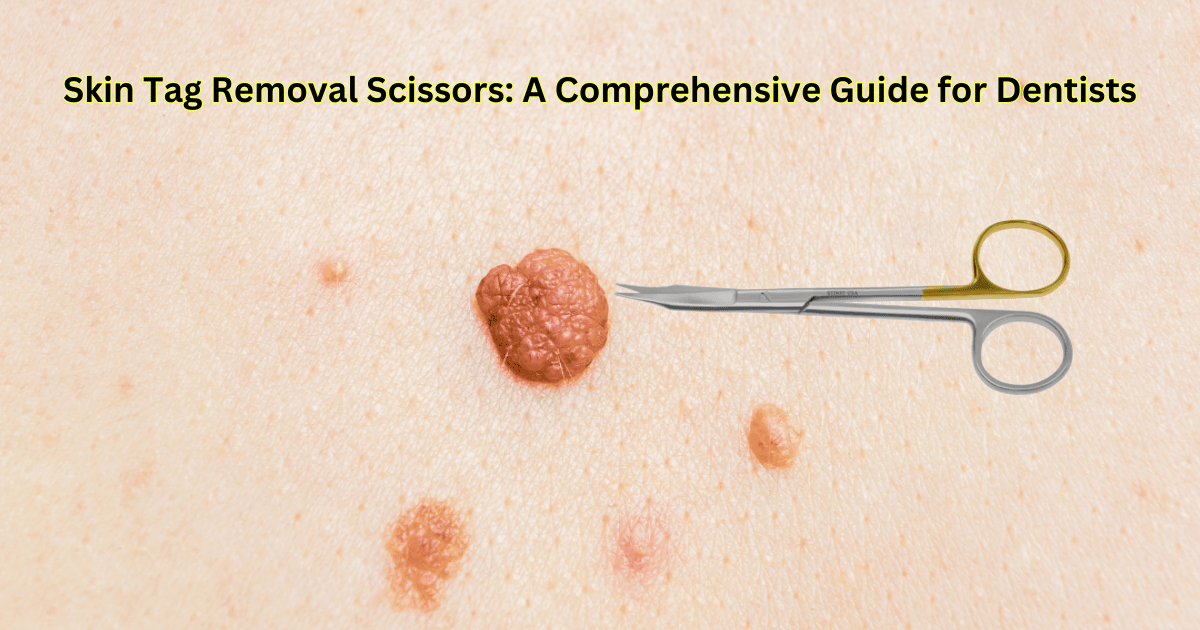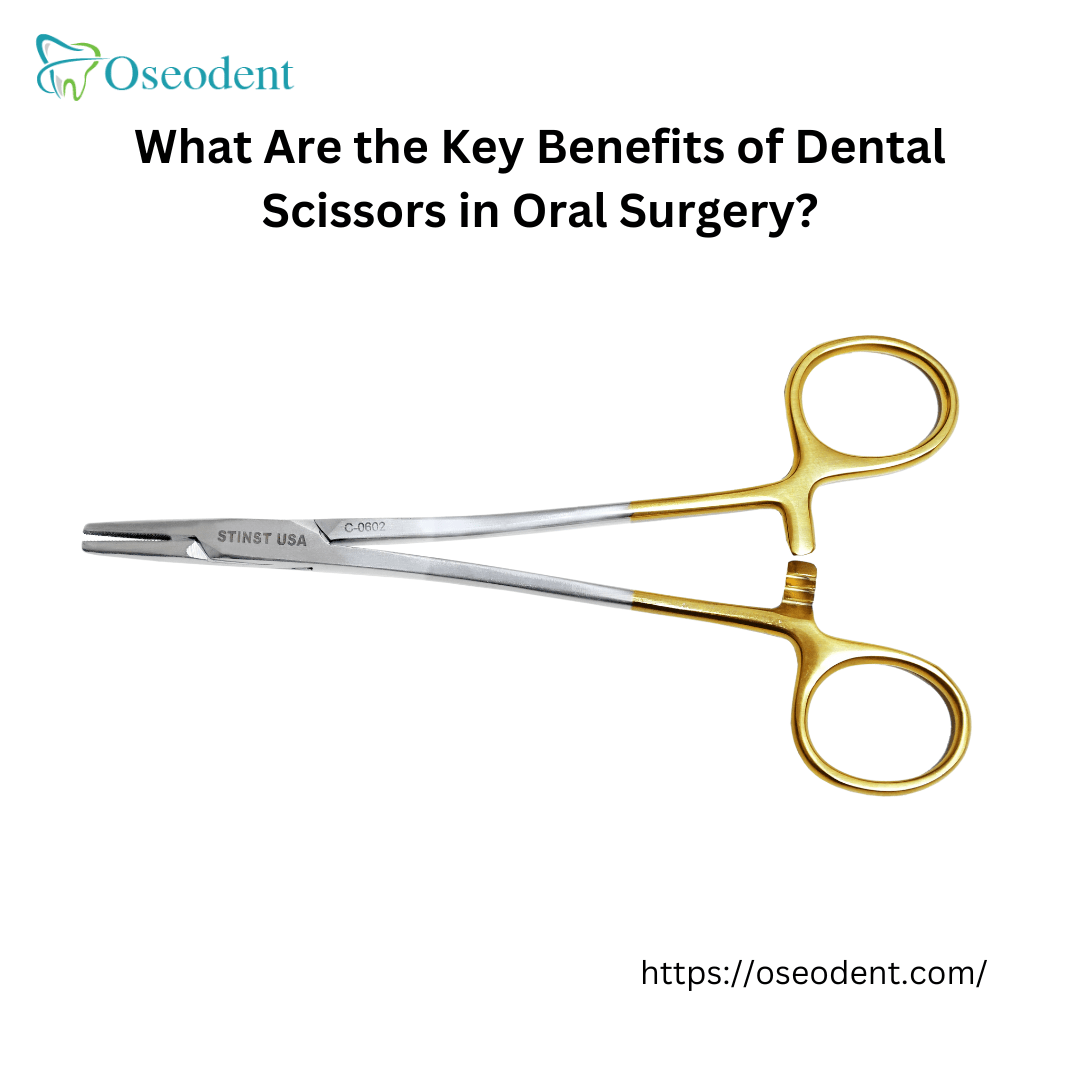5 Key Reasons Root Tip Picks Ensure Successful Extractions
In the field of dentistry, achieving successful extractions via root tip picks is paramount for patient care and treatment outcomes. Among the various tools that dental professionals utilize, root tip pick stand out as essential instruments.
These specialized tools play a critical role in ensuring that all remnants of tooth roots are effectively removed during extractions. In this blog, we will explore the top five reasons why root tip picks are crucial for successful extractions, emphasizing their importance in dental practice.
1. Precision in Root Fragment Removal

One of the primary advantages of using root tip picks is their precision. During tooth extractions, it is common for small root fragments to remain in the socket, which can lead to complications if not properly addressed.
Root tip picks are designed with fine tips that allow dentists to navigate tight spaces and extract these fragments with minimal trauma to surrounding tissues. This precision is vital for preventing post-operative complications such as infections or prolonged healing times.
Using a root tip pick dental instrument enables you to target specific areas where root fragments may be lodged. The ability to remove these fragments accurately not only enhances patient comfort but also contributes to a smoother recovery process.
2. Versatility Across Different Cases

Root tip picks dental instruments come in various shapes and sizes, making them versatile tools for different extraction scenarios. Whether dealing with single-rooted teeth or multi-rooted molars, there is a suitable root tip pick available for the task.
Dentists can choose between straight and curved designs based on the specific needs of each case. For instance, a root tip pick elevator may be more effective in cases where roots are deeply embedded or when dealing with challenging anatomical structures.
This versatility allows dental professionals to adapt their approach based on the unique characteristics of each extraction, ultimately improving outcomes.
3. Minimizing Trauma to Surrounding Tissues
Another crucial reason why root tip pick are essential is their ability to minimize trauma to surrounding tissues during extractions. Traditional extraction methods can sometimes lead to unnecessary damage to adjacent gums and bone structures. However, by utilizing a root tip pick, dentists can carefully isolate and remove root fragments without causing additional harm.
This careful approach not only enhances patient comfort during the procedure but also promotes faster healing post-extraction. Patients appreciate a less invasive experience, which can lead to higher satisfaction rates and improved trust in their dental care provider.
4. Enhancing Overall Extraction Success Rates

The use of root tip pick directly correlates with increased success rates in dental extractions. When dentists effectively remove all root fragments, they reduce the likelihood of complications such as infections or the need for additional surgical interventions.
This proactive approach contributes to better long-term outcomes for patients. Moreover, incorporating root tip pick dental tools into your practice demonstrates a commitment to high-quality care. Patients are more likely to return for future treatments and recommend your services when they experience successful extractions without complications.
5. Facilitating Efficient Workflow in the Operatory

In a busy dental practice, efficiency is key. The use of root tip picks streamlines the extraction process by allowing dentists to quickly and effectively remove root fragments without extensive manipulation or prolonged procedures. This efficiency not only saves time but also enhances patient flow within the operatory.
By integrating a root tip pick elevator into your toolkit, you can further expedite the extraction process while maintaining high standards of care. As a result, you can see more patients while ensuring that each one receives the attention and precision they deserve.
Conclusion
In summary, root tip picks are indispensable tools that significantly contribute to successful dental extractions. Their precision in removing root fragments, versatility across different cases, ability to minimize trauma, enhancement of overall extraction success rates, and facilitation of efficient workflow make them essential instruments for every dentist’s toolkit.
By understanding and utilizing these benefits, dental professionals can improve patient outcomes and satisfaction while maintaining a high standard of care in their practices.
FAQs About Root Tip Picks
- What is a root tip pick?
A root tip pick is a specialized dental instrument designed to remove small fragments of tooth roots left in the socket after an extraction.
- How does a root tip pick dental instrument differ from other extraction tools?
A root tip pick dental instrument offers precision and delicacy specifically for removing small root fragments, unlike other general-purpose extraction tools.
- When should I use a root tip pick elevator?
You should use a root tip pick elevator when dealing with deeply embedded roots or challenging anatomical structures that require careful dislodgment.
- Are there different types of root tip picks available?
Yes, there are various types of root tip picks available, including straight and curved designs tailored for specific extraction scenarios.
- How do I choose the right root tip picks for my practice?
Consider the types of procedures you perform and select root tip picks based on size, shape, and whether you need single-ended or double-ended designs for better access.
By incorporating these insights into your practice, you can leverage the advantages of root tip picks to enhance your extraction techniques and improve overall patient care. If you’re looking to expand your collection of dental tools, visit our dental instrument store today for a wide selection of high-quality instruments!










